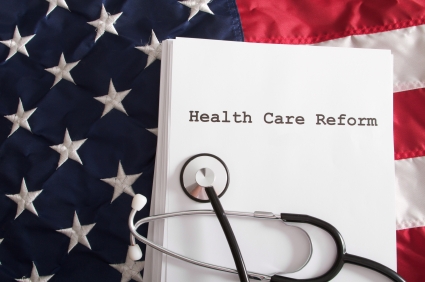Healthcare Reform and the Courts, Part 2
The Florida Court agreed with the states on both counts. Basically, the court said that the government cannot compel people to engage in an activity like buying health insurance. That authority is left to the states. And they agreed that this portion of the Patient Protection and Affordable Care Act was not severable and, therefore, the whole thing is unconstitutional.|








